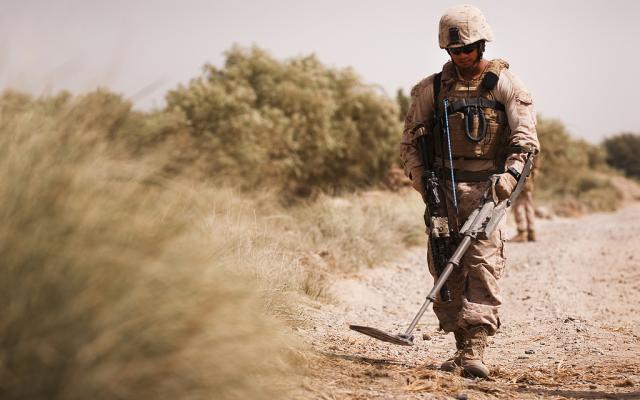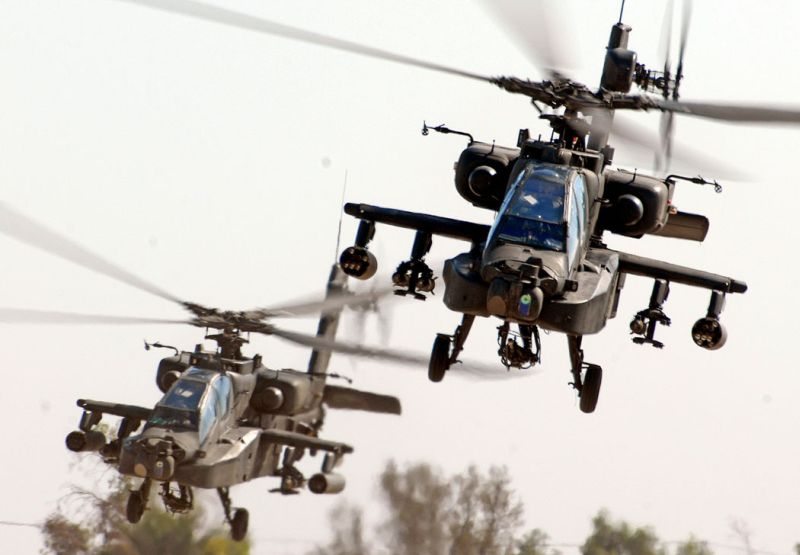KABUL, Afghanistan: When a roadside bomb killed 14 Afghan civilians Dec. 30, including women and children, it was clear who was responsible for the blast. Taliban insurgents, under increased pressure from a superior force newly flush with resources and additional troops, rely heavily on the devices to inflict casualties and avoid face-to-face confrontations that could further decimate their ranks.
But insurgent bombs have proven more likely to kill or maim civilians than coalition forces. The bombs, commonly called improvised explosive devices – or IEDs – are indiscriminate killers accounting for more than half of insurgent-caused fatalities in Afghanistan.
Because they are so widespread and hamper everything from military operations to shopping trips for locals, defeating IEDs is a top priority for the International Security Assistance Force. Yet despite the influx of additional troops and additional counter-IED resources, military leaders acknowledge this is no simple task. While many of the devices are relatively crude, the networks of people responsible for creating IEDs in Afghanistan are complex.
“It’s more than just a couple of guys in a garage,” said U.S. Air Force Col. Richard Moorehead, a member of ISAF’s Counter-IED Advisory Plans and Policy Team. “There’s a whole bunch of people behind them making it happen. And you have to figure out, where are the critical points and where are we going to put our assets to try to stop them?”
ISAF is addressing the IED threat from a number of angles. Teams of bomb hunters patrol on foot and in vehicles to find and disable devices. Cameras monitor routes to catch insurgents in the act of burying bombs. Afghan forces are being trained to find, disable and exploit them.
But critical to the long-term success of the counter-IED fight is a large-scale effort to attack the networks that supply, build, emplace and trigger them.
ISAF’s strategy to degrade IED networks can be likened to the Allied effort in World War II to disable the German war machine by going after key infrastructure and resources such as ball bearing factories and oil fields. Strategic bombing of such targets reduced the Germans’ ability to produce and deploy the weapons they needed to carry out their military campaign.
Similarly, targeting IED networks is expected to have a similar impact on the insurgents’ ability to intimidate and kill civilians and threaten coalition and Afghan forces. In counter-IED terms, it’s called targeting the “left of the boom” – eliminating bomb-making personnel and materials before an explosion happens.
Some, but not all, personnel in the networks are aligned with the insurgency. There are financiers who pay for materials, often with money from drug or other criminal enterprises; smugglers, many of whom are part of broader criminal syndicates, who ferry bomb materials over the border; planners who pick targets and locations to deploy IEDs; and builders who turn the raw materials into bombs to carry out the planners’ goals.
Below them are low-level insurgents and hired help who carry out the more dangerous tasks of emplacing and triggering IEDs, often for small amounts of money or under coercion by higher-level insurgents.
ISAF and Afghan security forces are identifying and targeting both the key personnel in these networks and low-level operatives that carry out their plans.
Using various intelligence assets, coalition and Afghan forces listen in on their plans, search for telltale signs of production facilities, gather information from informants and glean information from devices found in the field – even those that have gone off. Interdiction efforts have caught some of the raw materials before they make it into insurgent hands. Other security forces actions have led to finds and destruction of bomb-making materials and facilities.
Despite successes and optimism about efforts to effectively neutralize the networks, the coalition realizes that it is a very long-term effort to completely defeat the IED threat in Afghanistan. The near-term goal is to reduce the number of IEDs to a level that will allow for continued progress in efforts geared toward reconstruction and development of civil society. In the long term, the threat must be reduced to a level that Afghan forces can manage on their own.











